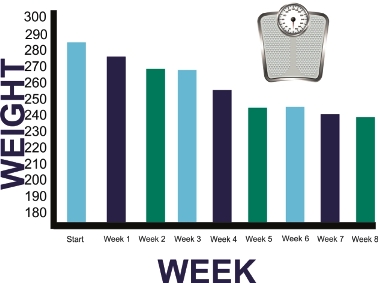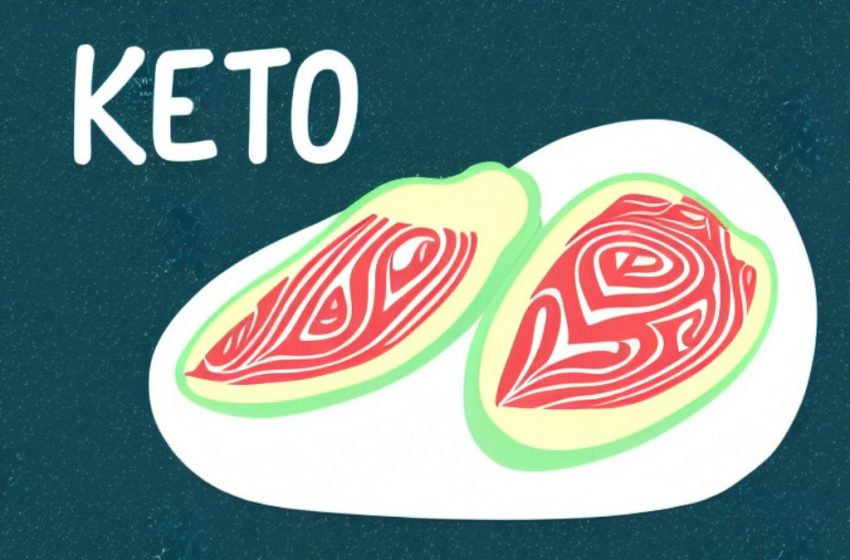A ketogenic diet is a low-carb, high-fat diet that has been used to treat various medical conditions since the 1920s. It is one of the most popular diets today and is embraced by many as a lifestyle choice. It involves drastically reducing your carb intake and replacing it with healthy fats and proteins. The goal of the diet is to put your body into a state of ketosis, where it burns fat for fuel instead of carbohydrates. Following a ketogenic diet can provide many health benefits, including weight loss, improved energy levels, and better mental clarity. However, it can be difficult to adhere to a ketogenic diet in the long term. This blog will provide steps to help busy individuals succeed in following a ketogenic diet for the long term.
Step 1: Establish Goals
The first step in following a ketogenic diet for the long term is to establish goals. It is important to have an idea of what you want to achieve with the diet, such as weight loss, improved energy levels, or better mental clarity. Establishing realistic goals is key for success, especially for busy individuals who may not have time to devote to the diet. It is important to understand the time commitment required to follow the diet and make sure you can fit it into your schedule.
Step 2: Research
The second step is to research the best ketogenic diet plan for your individual needs. It is important to learn the basics of the diet and understand the fundamentals of a custom keto plan. This includes understanding how many carbs, proteins, and fats you should be consuming each day. You should also familiarize yourself with which foods are allowed on the diet and which are not.
Step 3: Meal Planning
The third step is to create a meal plan. This involves understanding portion sizes and finding keto-friendly recipes that you enjoy eating. Many websites and cookbooks offer meal plans and recipes specifically designed for the ketogenic diet. You should also make sure that you are getting enough vitamins and minerals from your meals by including nutrient-dense foods such as leafy greens, nuts, and seeds.
Step 4: Tracking Progress
The fourth step is to track your progress with a tracking system. It is important to know which metrics to track such as weight, body fat percentage, and blood sugar levels. A food diary can be used to track calorie and macronutrient intake. Additionally, you can use a fitness tracker or mobile app to track your activity levels. By tracking your progress, you can analyze how well you are following the diet and make adjustments accordingly.
Step 5: Adjusting the Plan
The final step is to adjust your plan as needed. It is important to make changes to your meal plan if you are not achieving your desired results or if you feel like you are not getting enough nutrients from your meals. Additionally, it may be necessary to adjust your goals as you progress through the diet. It is important to understand when it is time to make changes in order to stay on track with your progress.
Conclusion
In conclusion, following a ketogenic diet for the long term requires dedication and discipline. By following these steps, busy individuals can succeed in following a ketogenic diet for the long term. Establishing realistic goals, researching the best keto plan, meal planning, tracking progress, and adjusting the plan are key steps in achieving success with this lifestyle change. The benefits of following a ketogenic diet include weight loss, improved energy levels, and better mental clarity – all of which are important components of a healthy lifestyle for busy individuals who want to make a long-term lifestyle change.

Get your custom ketogenic diet plan for the long term
What’s your main health goal?


